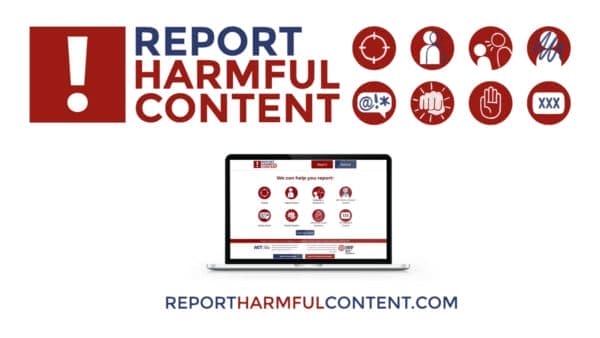Pornography
Obviously, this might be an uncomfortable topic for you to approach with your child, and one that should be tackled in an age-appropriate way. If your child is younger, this might not even be something that you feel is necessary to cover, but for teenagers, this is something they are much more likely to be exposed to. There are some things to consider when opening the conversation on this topic, including:
Try not to feel too awkward
We appreciate this is easier said than done, but if you are obviously uncomfortable during discussions of sex and exploring sexuality, this attitude is something that your child is likely to absorb.
Remember, it is not a bad thing for your child to explore
Exploring this side of themselves (providing they are of legal age), and if you are visibly awkward, this could impact their view of sex and relationships in the future.
Don’t be accusatory
You are not accusing them of looking at pornography or of doing anything wrong, but rather opening the conversation so they feel they can talk to you about anything they have seen that makes them feel uncomfortable or unsafe.
Understand why your child has accessed porn
Think about how you can support them to meet that need in a healthier way. For example, if they’re curious about what sex involves, are there age-appropriate and factually correct resources they can look at to help answer their questions? If they feel pressured by age peers because ‘everybody’s doing it’, have a conversation with them about how it’s normal to feel those pressures but important to respect their own and others’ boundaries and the law.
![]()









